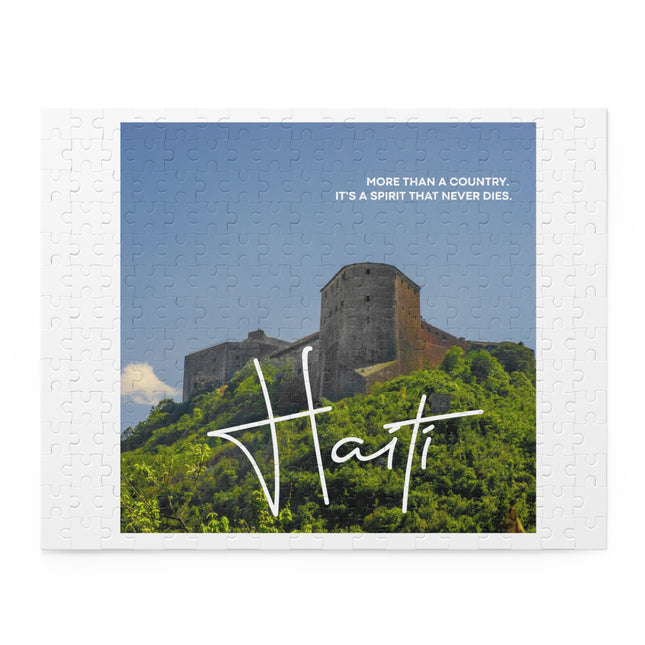
Haitian Culture 101: Food, Music, Art, and Spirit
, by Seo Guy , 4 min reading time

, by Seo Guy , 4 min reading time
Haiti culture is a living weave of memory and imagination. It is not a museum piece; it is home cooking on a Sunday, a kompa bassline rolling from a courtyard, a painting that turns proverbs into color, and a prayer whispered before a long day’s work. To understand Haiti culture, you start where life gathers most naturally: food, music, art, and spirit. Each is a door; together they are a house that welcomes family, neighbors, and newcomers. In Haiti and in diaspora life, these elements define belonging and teach the next generation who they are.
In the kitchen, Haiti culture becomes tangible. Dishes like griot, pikliz, soup joumou, tassot, diri kole, and djondjon rice are recipes and rituals at once. Griot marries citrus and spice with tender pork, served alongside the fire of pikliz. On New Year’s Day, soup joumou honors independence—its pumpkin base carrying centuries of meaning. Djondjon, the black mushroom that perfumes rice, turns a weeknight into a celebration. In diaspora life, parents and grandparents measure ingredients by memory, adapting to local markets yet preserving the soul of the plate. Community centers run cooking classes, and pop-up chefs host supper clubs where the menu reads like a short history of Haiti told through steam and spice.
If food keeps the body of Haiti culture strong, music keeps its pulse steady. Kompa’s smooth guitar lines and brass arrangements score birthdays, weddings, and long drives; rara brings street processions alive with horns and drums; gospel choirs fill sanctuaries with harmony and hope. In diaspora life, bands remix kompa with hip-hop, zouk, and Afrobeats, proving that tradition and innovation can dance together. DJs thread Kreyòl lyrics through global beats, and young musicians sample archival recordings, treating the past as a collaborator, not a constraint.
Haitian art distills the ordinary into the extraordinary. Painters render market scenes so vibrant you can almost hear bargaining in the brushstrokes; sculptors transform discarded metal into angels, trees, and carnival masks. Murals remember heroes, heal grief, and claim space for community pride. Galleries in Port-au-Prince and Cap-Haïtien exhibit masters alongside emerging voices, while diaspora life extends those walls to Brooklyn studios, Montreal collectives, and Paris pop-ups. In each venue, Haiti culture speaks in color and contour, insisting that beauty is a basic need.
The spirit of Haiti culture holds communities together through hardship and celebration. Vodou honors ancestors and the sacred in nature; church traditions offer fellowship, service, and song. Across denominations and practices, a shared ethic emerges: men anpil, chay pa lou—many hands make the load light. This moral vocabulary shapes diaspora life as well. Prayer meetings become mutual aid; holidays become initiatives to fund scholarships, clinics, or rebuilding projects back home. Spiritual practice is not retreat; it is a strategy for staying human and staying connected.
In diaspora life, families teach Haiti culture by doing: Sunday dinners with soup joumou, dance classes that begin with the story behind each step, art workshops that turn proverbs into posters for bedroom walls. Parents switch between Kreyòl, French, and English, modeling pride without rigidity. Community groups host festivals where food, music, art, and spirit meet on the same street. Schools invite culture-bearers into classrooms, and youth create podcasts to interview grandparents about migration. The result is continuity with creativity—the best guarantee that Haiti culture will keep growing without losing its roots.
Haiti culture survives because people love it enough to do the work—peeling, stirring, rehearsing, rehearsing again; painting in the heat; arranging chords until the groove locks in; praying with neighbors until a burden feels lighter. That love, repeated in kitchens, studios, sanctuaries, and sidewalks, is what carries heritage across oceans. In Haiti and across diaspora life, culture is the practice of turning ordinary days into shared meaning.


$37.25 - $54.35


$16.13 - $24.40


$32.28 - $77.35


